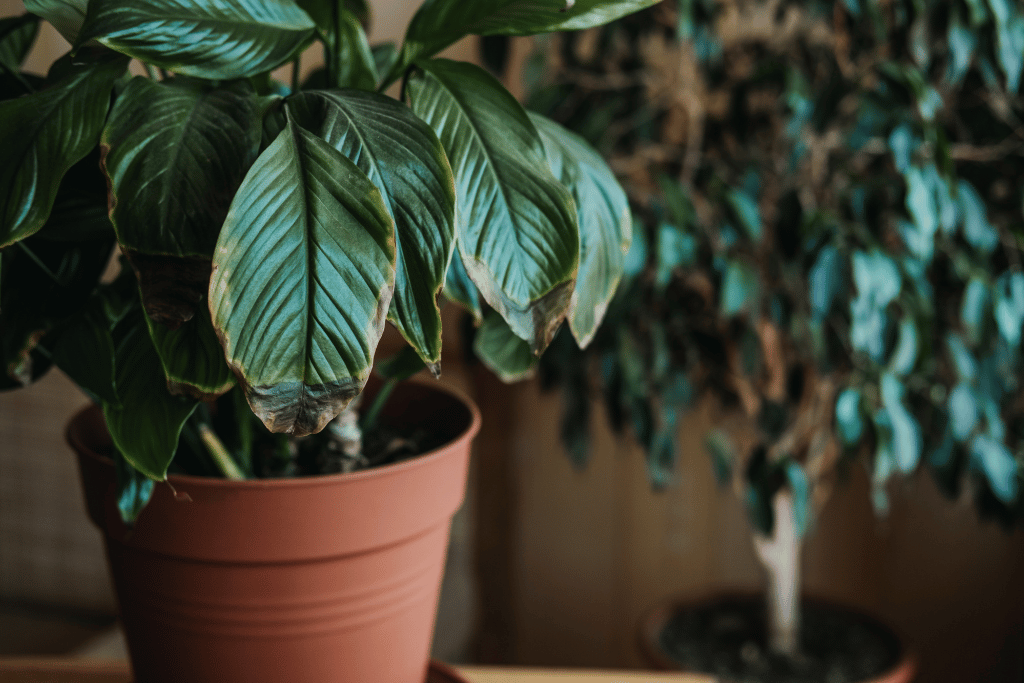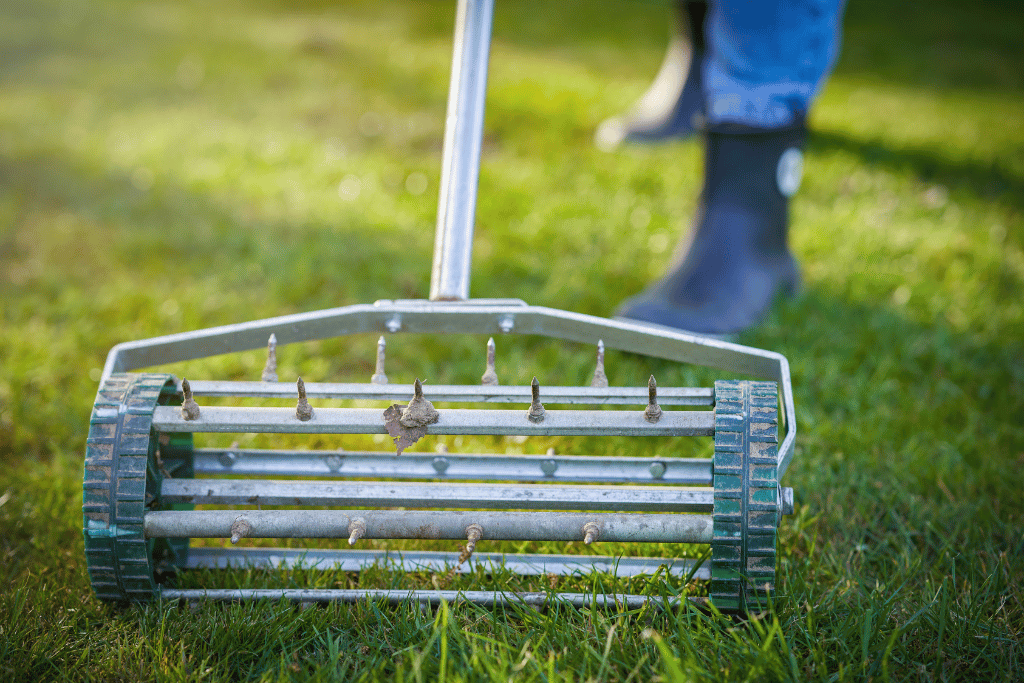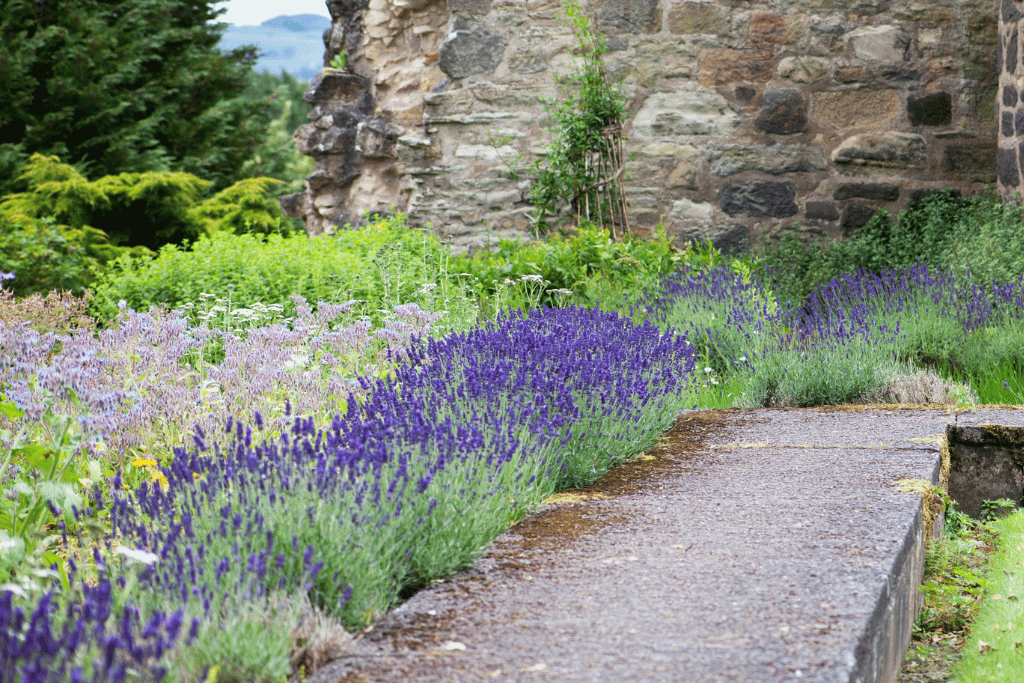
Flies are among the most annoying and common pests that invade our homes and gardens. Not only are they irritating, but they can also transmit diseases. While many chemical fly repellents are available on the market, they are often harmful to the environment and can pose a risk to human health. If you’re like me and the thought of smothering unknown chemicals on your body worries you, keep reading!
I am always on the lookout for plant-based alternatives to valuable products, and after putting to the test several remedies and fly-repellent plants, I have narrowed down the top five to share with you.
In this article, we’ll explore the top five plants that can help keep flies away and also provide information on how to use them effectively.
Basil
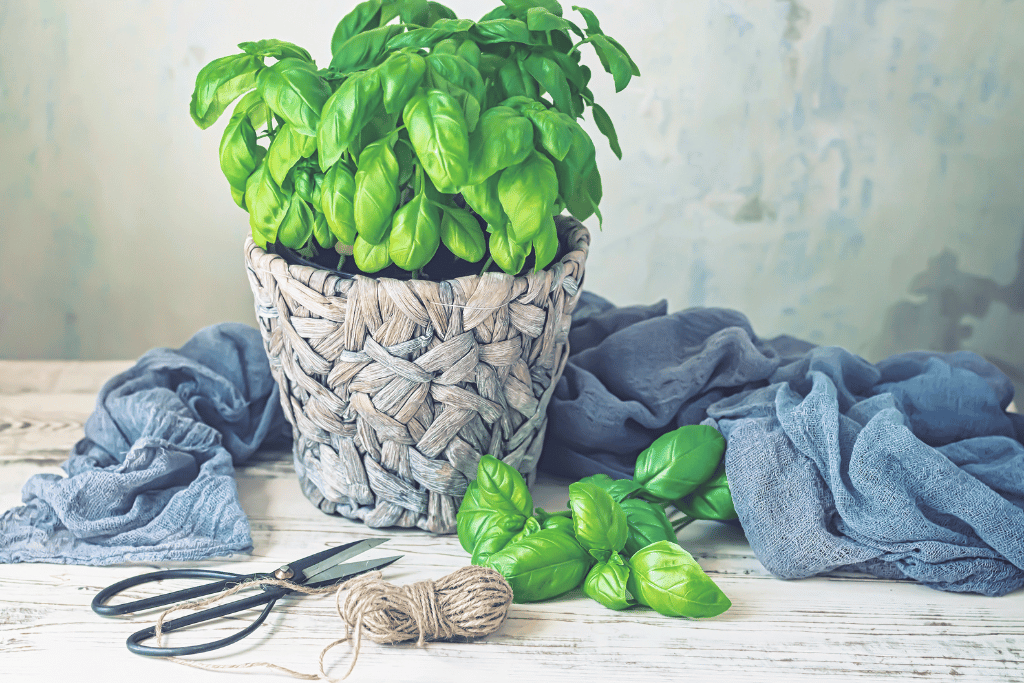
If you’re tired of flies buzzing around your home and garden, this powerful herb could well be the answer to your prayers.
Basil is a fragrant herb that belongs to the mint family. Not only is it delicious in pasta dishes and salads, but it also has several benefits when it comes to keeping flies away. Basil contains natural oils that are highly effective at repelling flies.
Now you may be wondering how to use basil as a fly repellent. It’s easy! Simply plant basil in your garden or place a few pots around your home. The scent of basil will naturally repel flies keeping them at bay. You can also crush some basil leaves and rub them on your skin to keep flies away while you’re outside.
Growing and caring for basil is a breeze, even if you don’t have a green thumb. Basil loves warm sunny locations and well-drained soil. Water it regularly but don’t over water as it prefers slightly dry soil.
One main factor to keep an eye on with basil is that it loves to reproduce, so keep an eye out for those flower heads and snip them off before they turn to seed and bolt. Basil can be kept as a small bush when it’s pruned correctly. Use a sharp pair of scissors and cut the top of the basil stems where the new growth has formed. This will cause the next branch to divide and bush out over time.
As the cold weather approaches- usually the flies have gone by then, but you will need to protect your basil plant- especially if you experience cold winters. If your basil dies off over the winter- no stress; you can scatter some more seeds in time for the following season. It grows really quickly from seed, so be sure to always have some on hand.
You can even grow basil in a small pot on your windowsill for easy access and to add a touch of green to your kitchen.
One of my favorite things about basil is its versatile cooking. You can make delicious pesto, add it to soups or stews or use it as a topping for pizza. And while you’re enjoying the delightful taste of basil, you can rest easy knowing that you’re keeping those pesky flies away.
Also, a few varieties of basil are available, like sweet basil, Thai basil, and small-leaf basil. You can mix it up to make things more interesting.
Lavender
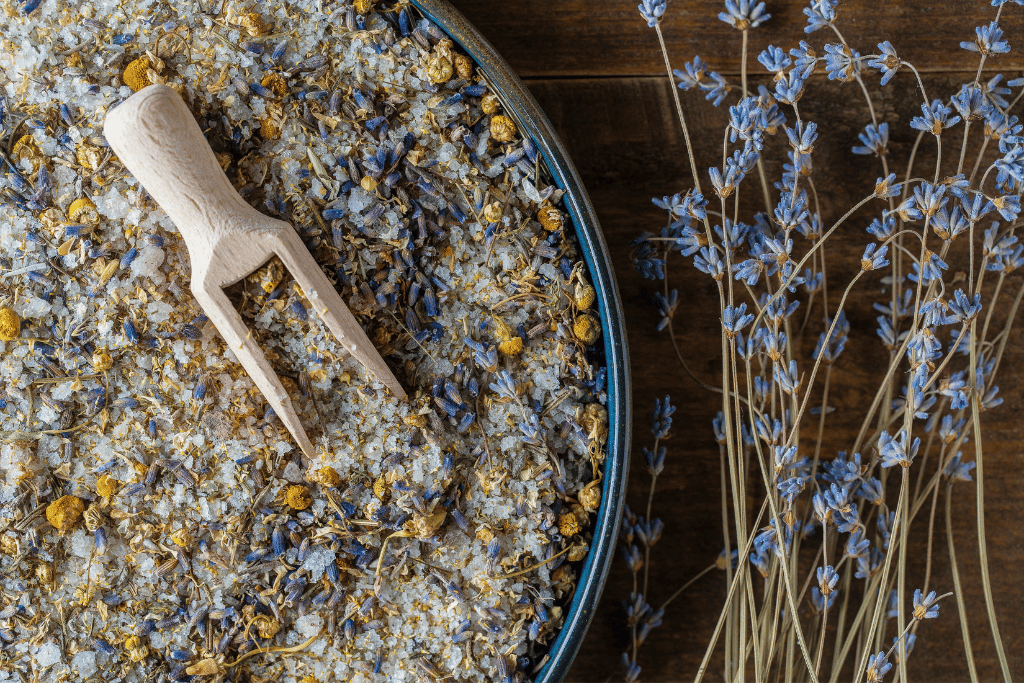
Ah, the lovely Lavender plants! Not only does it smell heavenly, but it’s also a natural fly repellent. Lavender is a beautiful flowering plant that also belongs to the mint family. Its distinct fragrance is well known for its calming and relaxing properties.
But did you know that it can also keep flies away? Lavender contains natural oils that are highly effective in repelling flies and insects.
To use Lavender as a fly repellent, you can plant it in your garden or pots around your home’s entry points. The scent of lavender will naturally deter flies from hanging around. After conducting experiments with it, I made a DIY lavender spray by steeping some lavender flowers in water and spraying the mixture around my home. This keeps the flies away naturally and also acts as an air freshener making the house smell fresh and floral.
Growing and caring for lavender is relatively easy, even if you’re not a seasoned gardener. Lavender prefers a warm, sunny location with well-drained soil. If you’re growing lavender in a pot, be sure to use one with drainage holes to allow the water to drain away. This will prevent the roots from rotting. Lavender is highly beneficial when it comes to attracting bees to your garden.
My lavender plants are a home for bees and butterflies each spring or summer, which helps pollinate the rest of the garden. When they are dried, lavender flowers are great to make into sachets for your closet, and because it is such a relaxing herb, it has been used in aromatherapy and beauty products.
I keep a sprig of lavender hanging from my shower to keep my bathroom smelling fresh- at the same time; it keeps the creepy crawlies away.
There are so many uses for lavender. I recently got some new chickens to add to my existing flock, and after researching, I found that lavender helps chickens to relax and assist with egg production- even my feathered friends can benefit from a little aromatherapy every now and then!
Mint
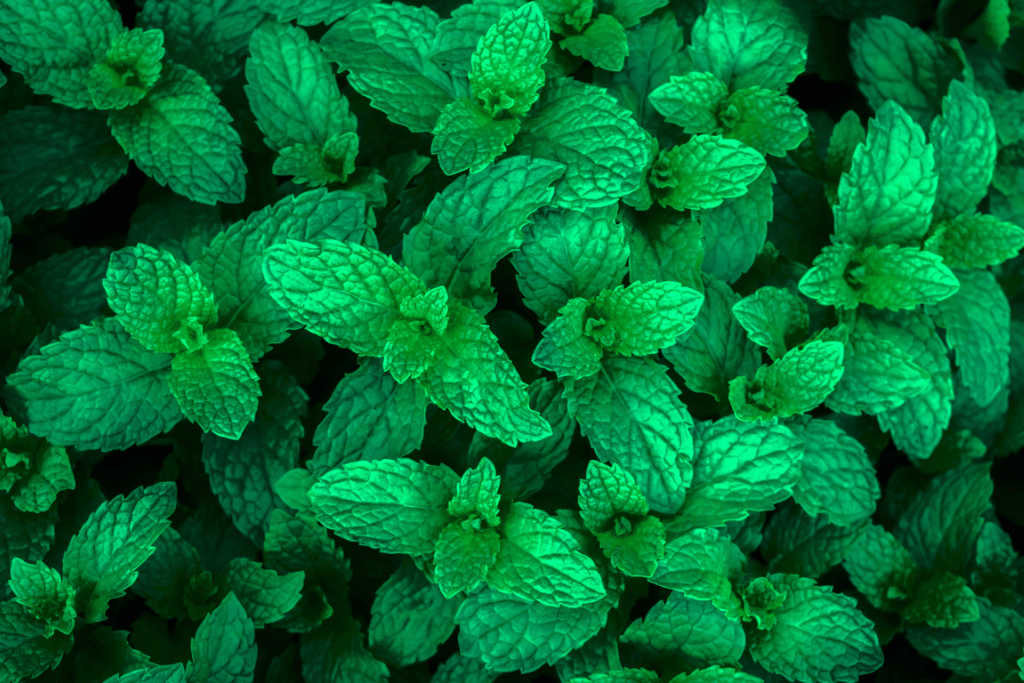
This is one of my favorite herbs, and it’s not just limited to being used in Mojitos! It can be used in tea and desserts and also acts as a natural fly repellent.
Mint is a hardy plant that belongs to the Lamiaceae family, which includes other herbs like basil and lavender. It’s known for its refreshing scent and cooling sensation. Mint contains natural oils that flies find unpleasant, so they’ll avoid it at all costs.
Using mint as a fly repellent is easy peasy. Simply plant it in your garden or in containers around your home. The scent of the mint will naturally keep the flies and other insects at bay. You can also make a DIY mint spray by steeping some mint leaves in water and spraying the mixture around your home.
Growing and caring for mint plants is simple, even if you’ve never looked after a plant before! Mint loves the sun and should be planted in well-draining soil. It’s also important to provide it with a regular watering routine. Avoid over-watering though, as it can become waterlogged and eventually be fatal. The growth habit of mint is to creep, so if you’re planting it directly in the garden, make sure you keep an eye on its direction. It can soon take over a patch.
Based on my observations during the winter in my area, my mint tends to go dormant, so when it drops its leaves, I cut the plant back to the base to avoid it becoming woody in the next season. The bursting flavor of mint is so refreshing you can ass it to salads, cocktails, iced tea, or even help to soothe an upset stomach.
Citronella
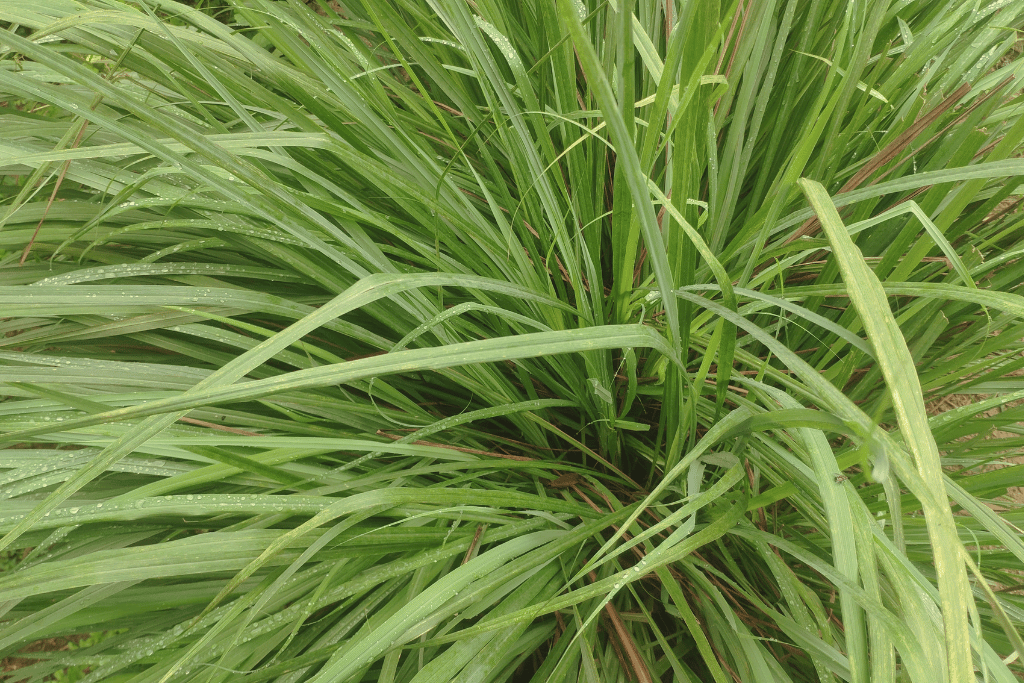
Citronella is the scent that reminds me of summer evenings spent outdoors without a care in the world! Not only does it smell wonderful, but it is one of the best at repelling flies. Citronella is a perennial grass that’s native to Asia. It’s well known for its lemony scent, which comes from the natural oils found in the plant. These oils are highly effective at repelling flies and other insects, making it a popular choice for outdoor candles and sprays.
Using Citronella as a fly repellent is a piece of cake; you can plant it directly in your garden beds or in planters around your home. Having a few pots on standby near the BBQ and outdoor kitchen area is great because flies love foody places.
With so many different citronella products out there these days, you can easily add it to your arsenal of fly weapons. The scent of citronella is so powerful that flies won’t want to come anywhere near it.
Citronella is a slow-growing plant that can take a few years to reach its full size and potential as a fly repellent. But once you get your hands on a citronella plant taking care of it is really simple. It’s best planted in a well-drained potting mix in a warm sunny location. Water when the top two inches of the soil have dried out, and you will keep it happy and healthy.
When it comes to pruning, like most grasses, you will find some of the outer blades dry off and turn woody, keep your plant clean by removing these woody bits, and it will continue to concentrate on new growth. When watering, avoid spraying water overhead – this can cause water to gather at the base of the plant and rot the blades of the stems.
After conducting experiments with it, I found that making a DIY bug spray effectively repels flies. You can do this by adding a few drops of Citronella essential oil to my favorite body lotion or coconut oil to repel insects and moisturize your skin at the same time.
Marigolds
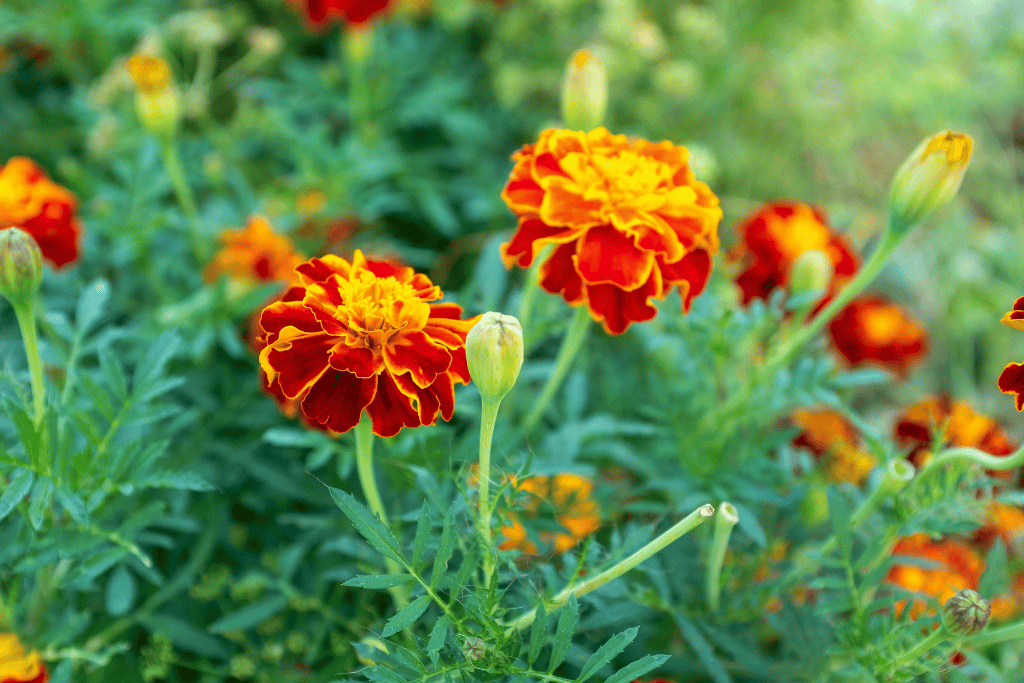
Marigolds are bright and beautiful flowers that bring joy to the garden! Not only are they a delight to look at, but they’re also a natural fly repellent. Let’s explore the world of marigolds!
Marigolds come in various colors and sizes – African marigolds have a large flower head, and French Marigolds have a small one. They are easy to grow and care for, are one of the least expensive plants you’ll find at the garden center, and have some powerful benefits in the garden.
The scent of marigolds is known to repel flies and other insects, making them a natural pest control solution. You can plant marigolds in your garden as companion plants or in pots around the entryways of your home.
If you get your hands on some marigolds for the garden, they are such an easy plant to care for. They love warm sunny spots and are fairly drought tolerant, but it’s still important to water them regularly to keep them healthy and blooming. Plant them in well-drained soil and add some organic matter or compost to give them an extra boost.
After the flowers have bloomed, you can cut them off and dry them out to use as potpourri or in sachets in your closet. As you remove the deadheads or spent flowers, you will encourage new growth, and more blooms will form. These cheerful-looking flowers are not only used to repel flies but also other pests such as mosquitos, aphids, and even rabbits. Plus, they look super colorful!
I’ve used marigolds around my chicken coop to keep their home free from mites, and one thing I noticed is as the chickens eat the marigolds, their beaks, feet, and egg yolks become a bright yellow color!
Plant Power: Harnessing Natural Fly Repellents through the Use of Plants
Using plants as a natural fly repellent is an effective and safe way to keep flies away from your home and garden. By planting and caring for these top 5 plants, you can say goodbye to those annoying flies and enjoy a healthier, more pleasant living environment.
Based on my firsthand experience, I’ve found that planting these plants around my garden, creating DIY house sprays and body lotions, and keeping a mixed herb pot on my kitchen window sill has helped reduce the number of flies in my home.
Frequently Asked Questions (FAQ)
What smell will keep flies away?
Basil, Lavender, Cinnamon, Mint, Marigolds, and Citronella all contain a scent that repels flies.
What repels flies naturally?
Some popular natural fly repellents include Citronella, Basil, Mint, Marigolds, Cinnamon, Rosemary, Cloves, and cucumber slices.
How do you keep flies away permanently?
Find the source that attracted the flies in the first place. Clean using Pine Sol or Dettol, fly traps, fly papers, electric fly zappers, run a fan, or light candles.
What is the best homemade fly repellent?
Make a mix of Cayenne pepper, Citronella, Lavender, Mint, and Basil, and boil it in a saucepan. After boiling, wait for it to cool and pour it into a spray bottle. Spray the entryways of your home, like windows and doors.
Looking for More Eco-Friendly Tips and Tricks?
Jump straight over to our planting 101 pages. We’ve got all the insight on keeping your garden in shape, from soil health to indoor plant care.
Be leaf me; our website is well-equipped with all the gardening tools to get you underway on your new gardening adventure!


